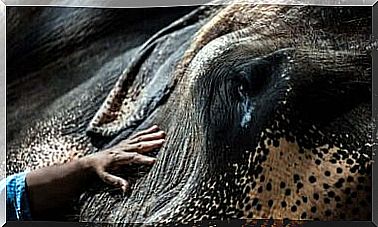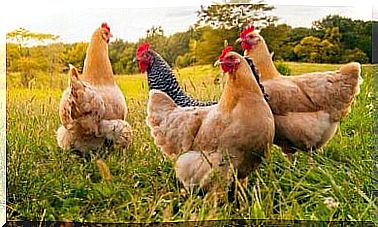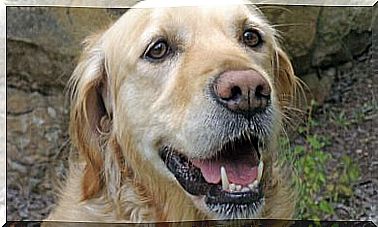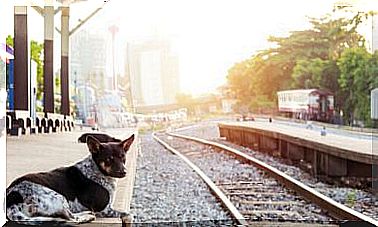Search And Rescue Dogs: Let’s Get To Know Them Better
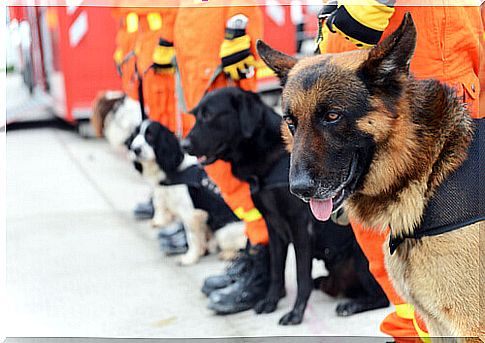
It was the Swiss who started training search and rescue dogs many years ago. A need resulting from the mountainous territory of the transalpine country where, every year, many skiers and mountaineers risk their lives. We know better these four-legged heroes who, every day, veil for the safety of human beings, performing a truly commendable public utility service .
Search and rescue dogs in history
Although search and rescue operations have always been associated with the use of dogs, in reality the first use that did not concern hunting was experimented during World War II.
The use of the German Shepherd, as well as other dogs to search for survivors in the rubble, after bombings and attacks, gave rise to the idea that these intelligent pets could really help rescuers and specialists save lives. Their ability to move, infallible sense of smell and sight soon became support tools for law enforcement and soldiers.
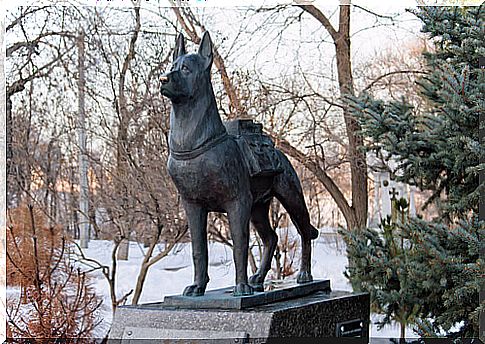
Starting from 1950, with the recovery of the Old Continent after the terrible conflict, several specialized schools were created to form dog units dedicated to search and rescue. The countries most affected by these initiatives were, above all, Switzerland and Germany.
In Italy, the Volunteer Canine Group of Civil Protection ” I Lupi “, was the first national school of rescue dogs. It was founded in 1976 and, since then, many other units have been born in our country that are dedicated to training dogs to respond to calamities and catastrophes. The training of the animal involves four fundamental moments:
- First phase: identification of an object or person on the surface.
- Second phase: research overcoming small obstacles and rubble.
- Third phase: search for a totally hidden victim, reducing the sources of odor.
- Fourth phase : search for more victims, in a chain, in a practically real environment.
If in any of the training phases, the dog presents a moment of hesitation, he is brought back to the previous moment, until he internalizes his goal to the best.
How do search and rescue dogs work?
There is a belief that the dog is looking for a well-defined track. Maybe by letting the animal sniff a missing person’s garment. It is not always so easy to bring rescuers back to the places traveled by the victim. Often, in fact, his identity is unknown or there is simply no possibility of using any personal belongings.
Not surprisingly, in search and rescue dog training schools, something absolutely fundamental is taught. The animal, in fact, learns to distinguish the smell of the people present (and that it can see), from that of the missing people (and that it is not able to see).
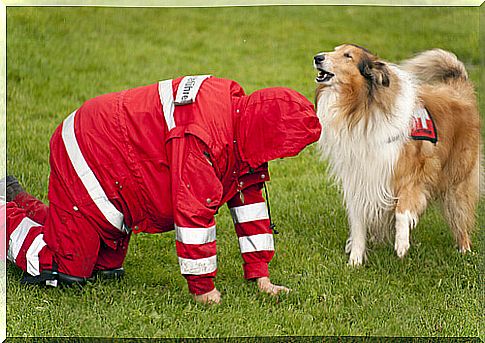
When the dog detects the smell of the person or object he is looking for, such as in the case of drugs, money or explosives, the animal will bark. This happens because during the preparation sessions, the dog associates finding someone or something “hidden” with a reward, that is, with positive reinforcement.
What do search and rescue dogs look like?
If you think there are only a few races that can perform this service efficiently, you are wrong. In fact, all dogs are potentially capable of finding and rescuing missing people. It all lies in the training that is given to them. The physical and mental qualities of these wonderful animals make them perfect for finding drugs, weapons, mines, detecting poisons and, of course, tracking down people trapped under the rubble.
Therefore, if the race is not decisive, there are still some requirements regarding the character and the physique. It is these that will make a dog more suitable for search and rescue operations. Let’s see together what they are:
- The dog must show attention, and a great ability to respond to stimuli.
- The animal must be decisive, it must know how to take the initiative to solve problems. This is achieved with experience and patience.
- He feels a strong desire to please the instructor, as well as the motivation of positive reinforcement.
- The dog must be constant. Sometimes the location of an object or person can be difficult to find and, therefore, the operation can become long and frustrating. The dog must persist without ever lowering the intensity of the search.
- The animal must be resistant and robust. A search and rescue dog, especially in areas such as earthquakes, catastrophes and in cold and dark conditions, must be able to carry on with the activity in order to increase the chances of success of operations.
